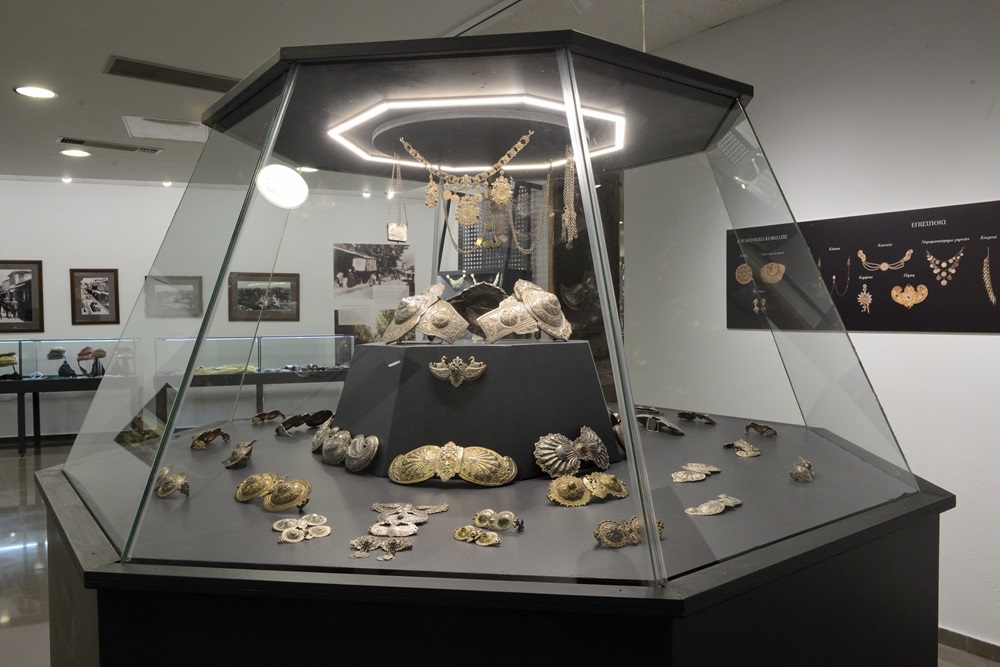
Society for Epirotic Studies – Folklore Museum “Kostas Frontzos”
Ωράριο λειτουργίας
Δευτέρα – Παρασκευή: 09:00 – 17:00
TICKETS
Free entrance
Society for Epirotic Studies – Folklore Museum “Kostas Frontzos”
In an Ottoman mansion of the 19th century, which housed in the past the Teacher’s School of Ioannina, the Zosimaia Educational Academy, the Boys’ Junior High School and the Public Technical School, today stands the Folklore Museum “Kostas Frontzos” of the Society for Epirotic Studies and the Ionian and Adriatic Studies Foundation. It was founded by Kostas Frontzos and was inaugurated in 1987, a year after his death. Later on, a bridge was constructed, which was seamlessly incorporated in the building complex, in order to connect the old building of the Museum with the new wing that was added with the support of Stavros Niarchos, thus allowing for the storage of a large number of traditional heritage items collected, as well as, for their exhibition. The architectural design of the new wing was undertaken by Vassilis Charisis, who had once again the chance to prove his skillfulness. The project for the arrangement of the showcases and for the exhibition of the temporary collection was assigned to the late folklorist Dr Popi Zora.
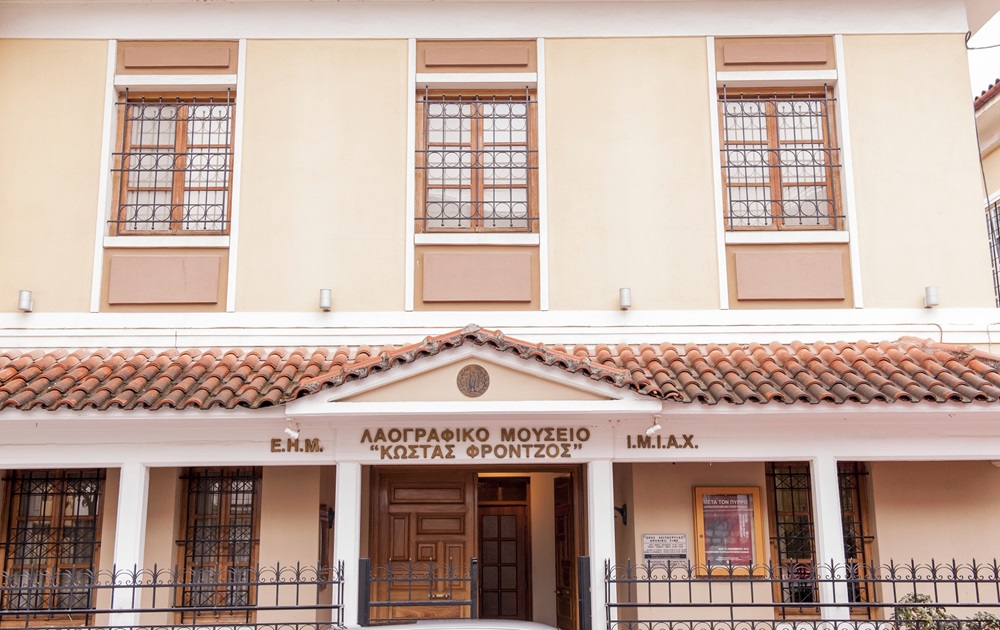
Folklore Museum “Kostas Frontzos”
The exhibits of the Museum and many more items kept in its storage rooms were purchased by Kostas Frontzos, while others were collected from private donations; they all together constitute marvelous evidence of the Epirot folk culture.
The permanent collection includes male and, mainly, beautifully ornamented female gilded costumes worn by the noblewomen of Ioannina, as well as numerous elaborate garments from all over Epirus, and, moreover, exquisite jewelry pieces-works of art made with famous techniques applied in Ioannina, such as hammering with engraving or relief, casting with mould, filigree and granulation, stone decoration.
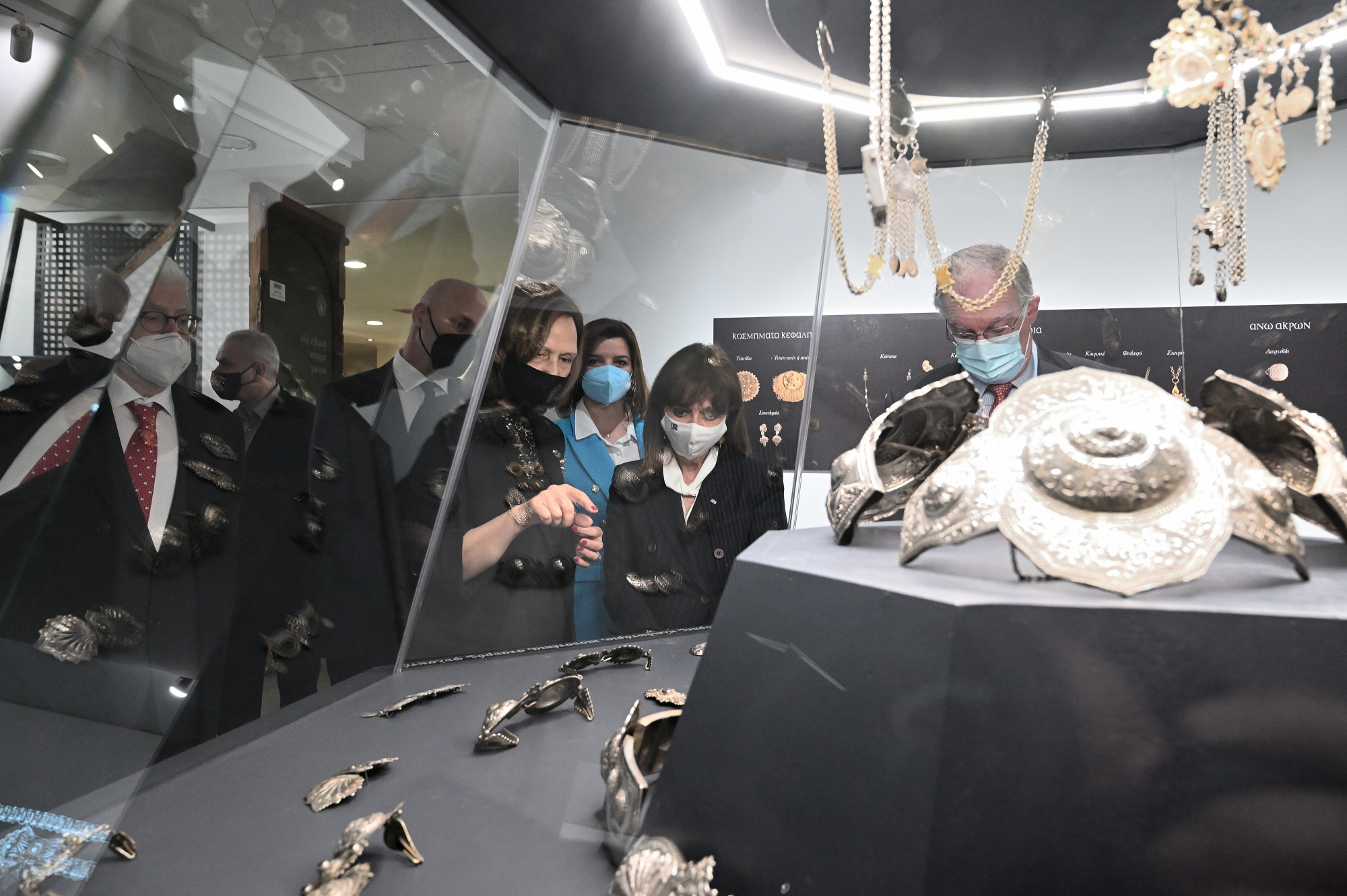
The President of the Hellenic Parliament, K. Tasoulas, in the opening of the exhibition titled “Averof street, Kosmima, Giannina”
It also features jewelry masterpieces from Northern Epirus, Constantinople, the Balkans and Europe, as well as weapons, traditional textiles and embroideries. They all represent perfectly the traditional attire code. Further on, bourgeois salons occupy entire halls of the Museum and, along with them, Kyutachia porcelains, silver vessels-works of art, ceramic, glass and other decorative objects are on display.
In other rooms, one can admire everyday objects, chests, wood carvings, bronze items, stone carved items and tools of labour people. Finally, there are memorabilia of the liberation of Ioannina from the Turkish Rule (February, 21 of 1913): one of the flags that the people of Ioannina would flutter in their houses to welcome the Greek army, the sword of Essad Pasha, who handed over the city, and the coat of arms of the Ottoman Empire that was mounted on the wall behind his desk – all giving visitors an insight on the past of the region and making up the social history of an important period.
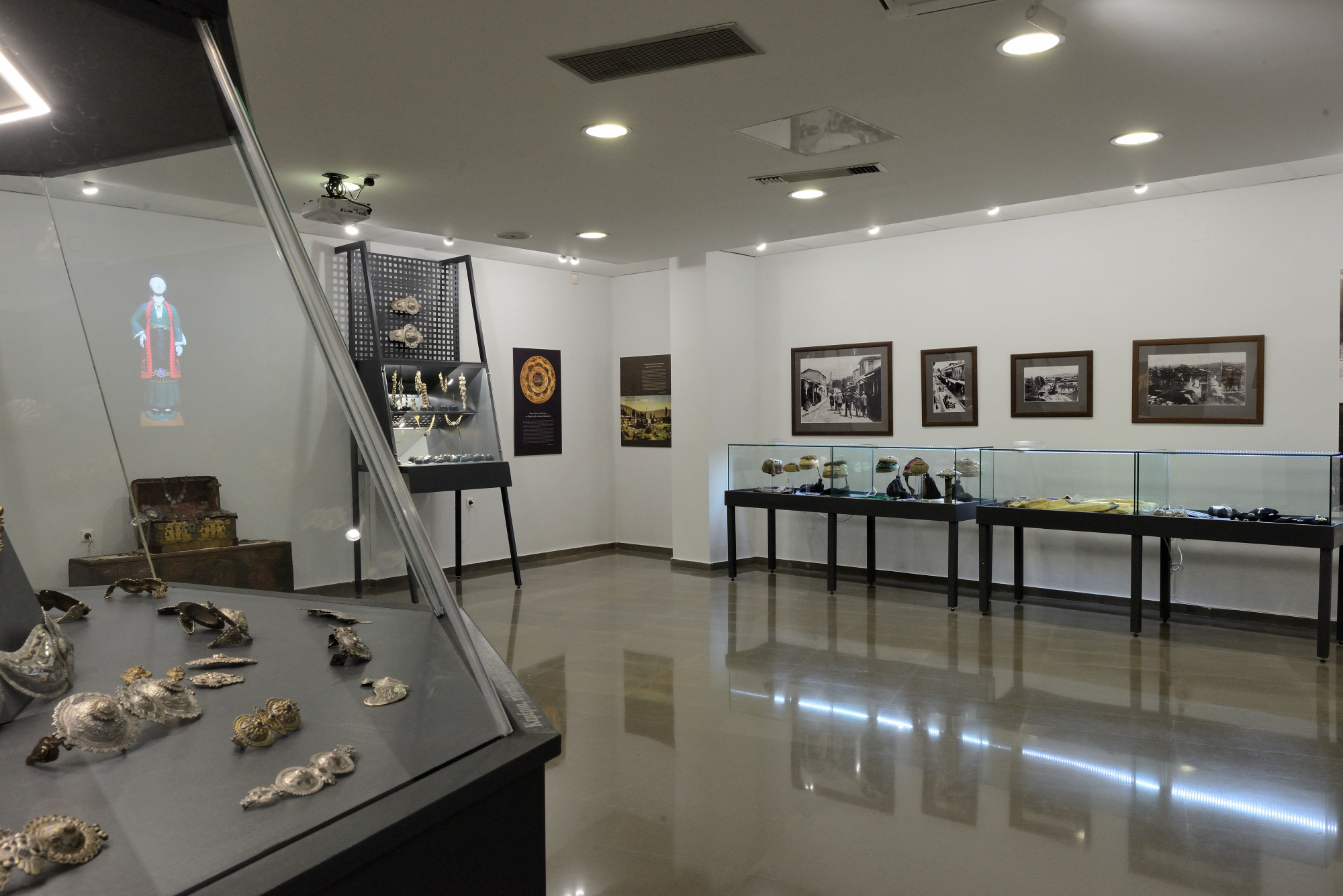
Exhibition in the Museum of Epirus Folk Art “Kostas Frontzos” titled “Averof street, Kosmima, Giannina”
Both Greek and foreign scientists, students and the general public are visiting the Folklore Museum, named after his founder, in order to learn and enjoy themselves by studying the history and aesthetics of the exhibits.
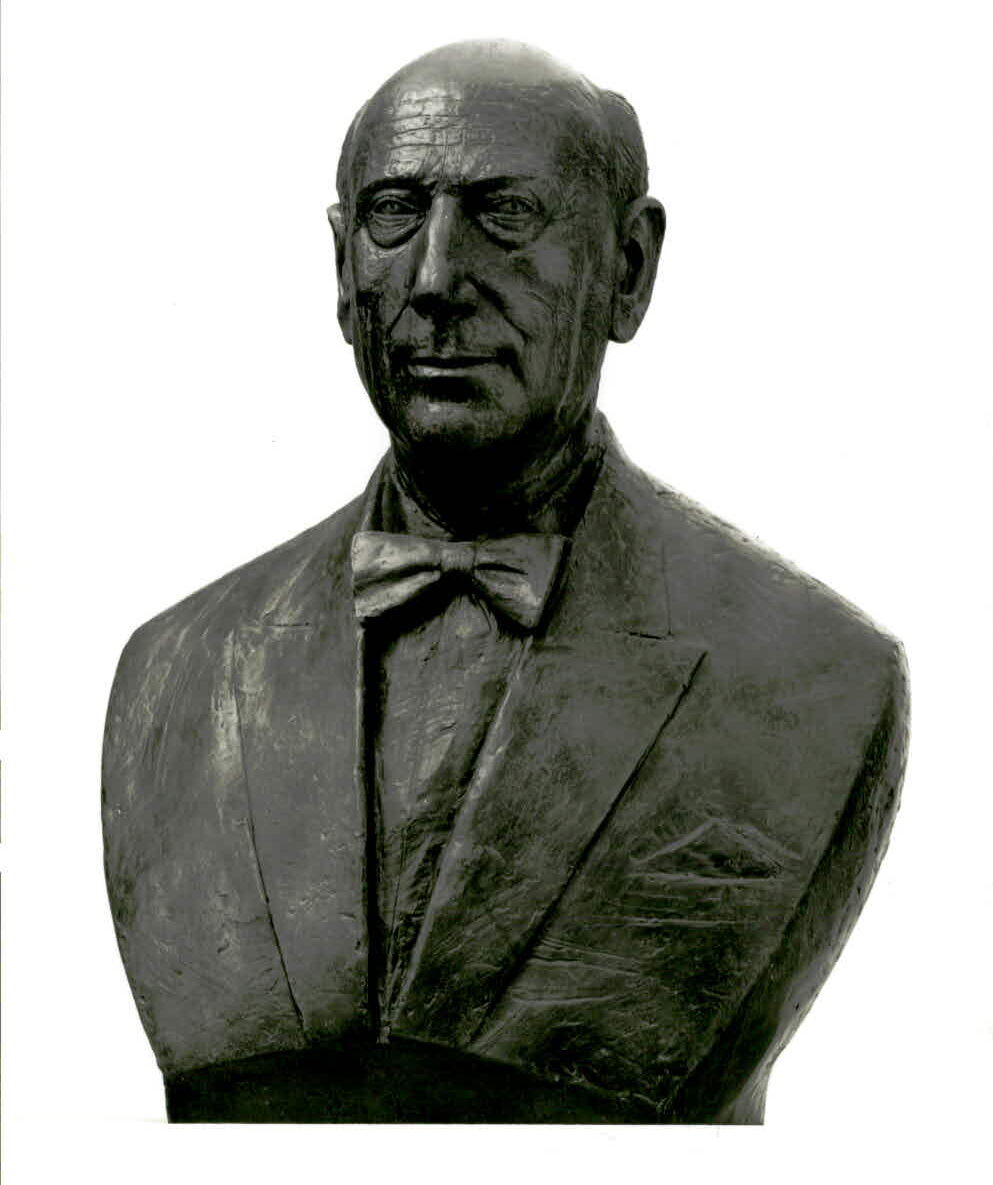
Bust of Kostas Frontzos (by the sculptor Th. Papagiannis at the Society for Epirotic Studies)
“There are those who believe that, as life evolves, there are new things that can satisfy people’s needs and that it’s a waste of effort to try revive dead symbols. However, there are others who believe that, no matter how life changes, it always remains connected to its past.”
From the speech of Kostas Frontzos in the inauguration of the exhibition of Epirot Folk Art objects at the mansion of Frosso Ioannidi, where the Society for Epirotic Studies used to be housed (1961).

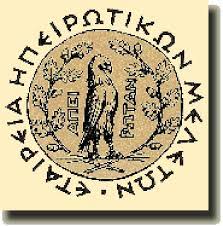
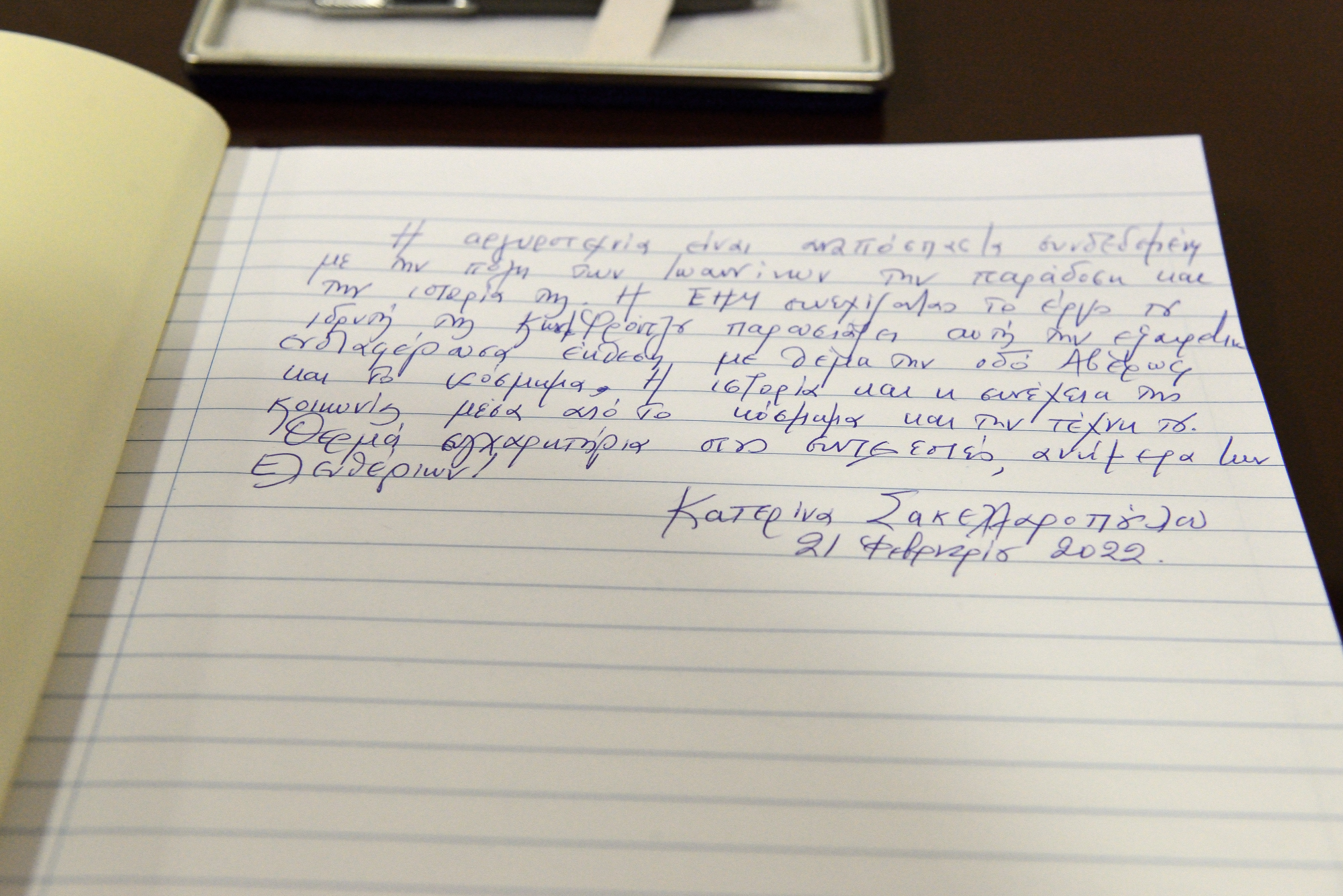
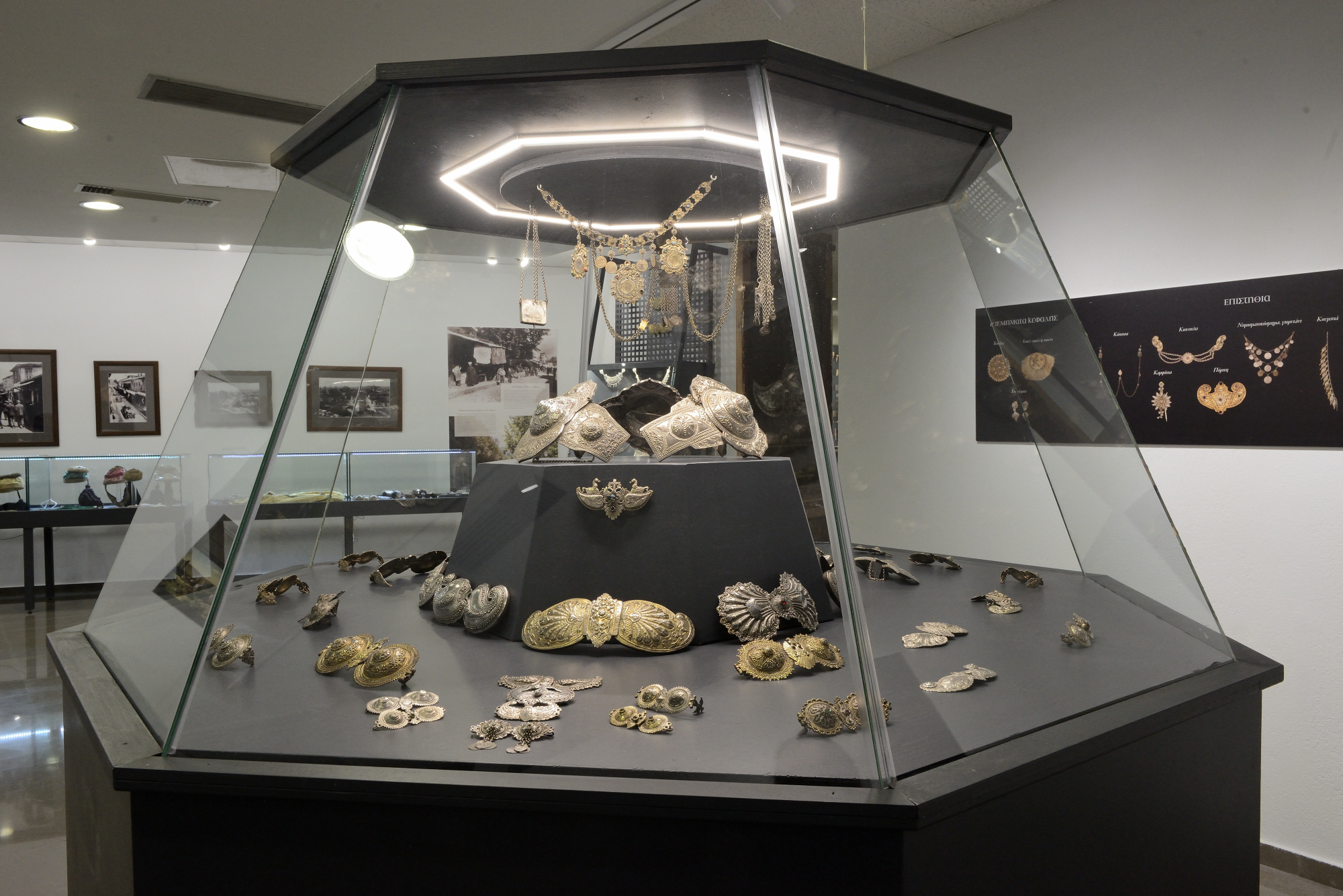
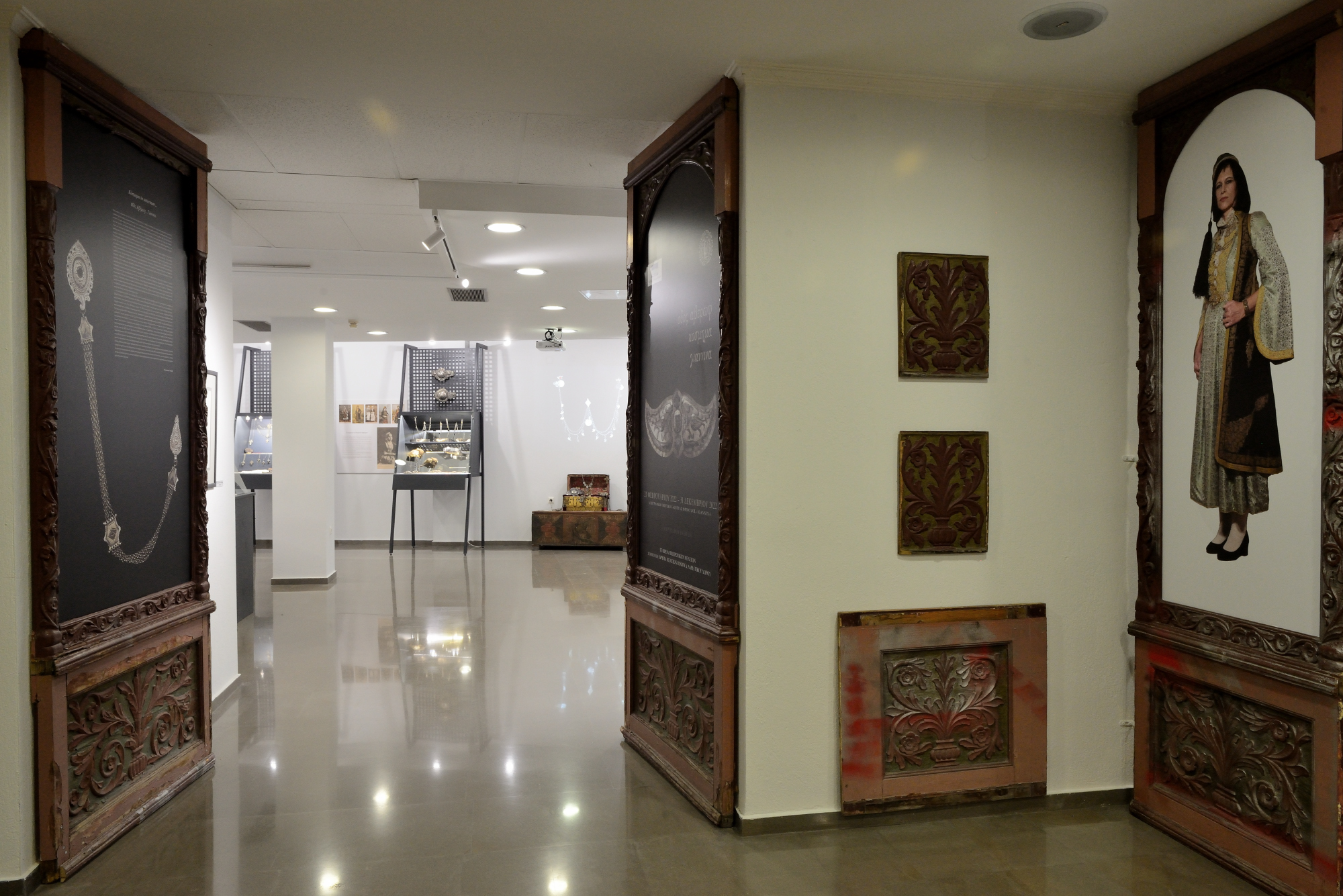
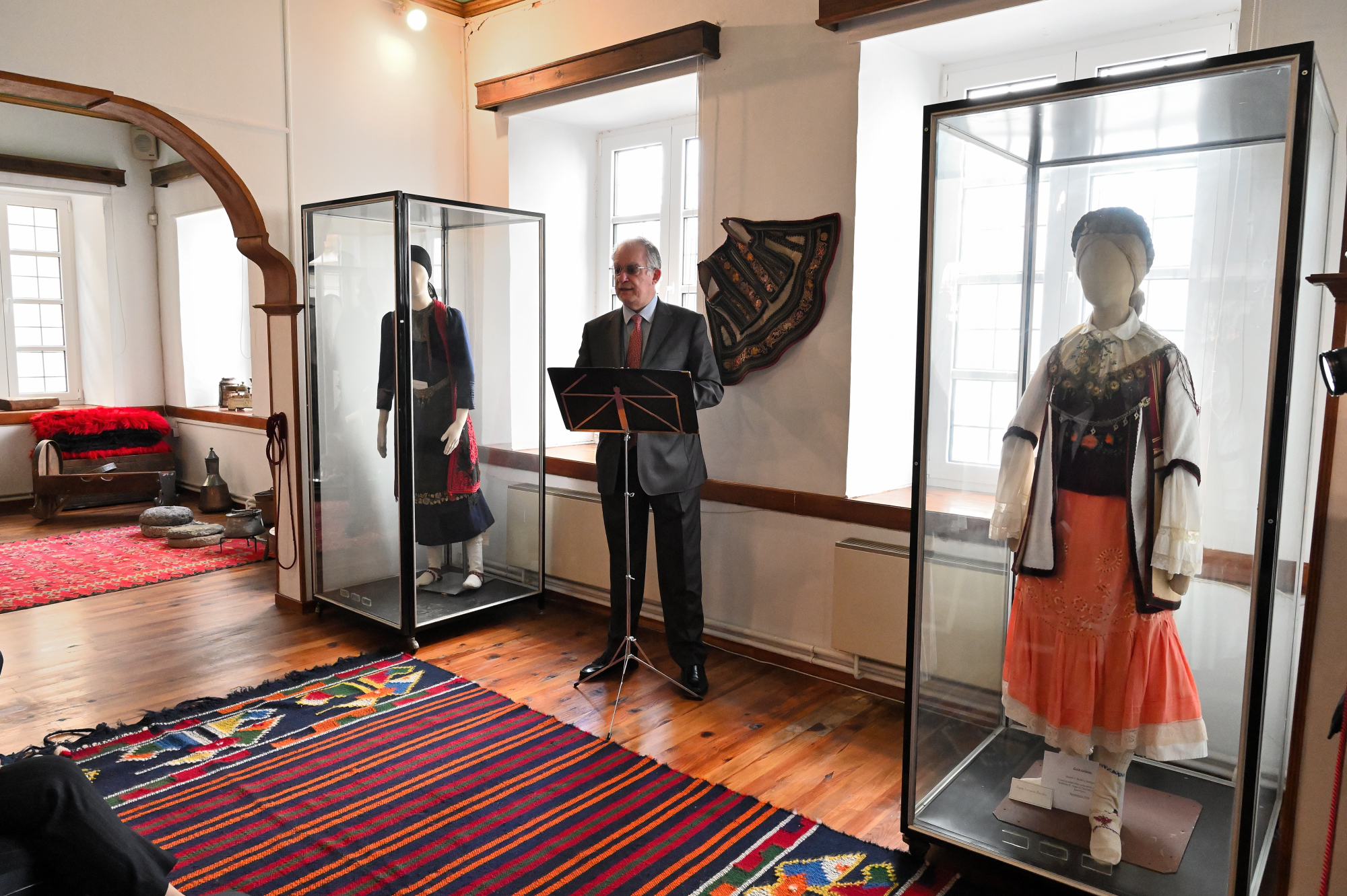
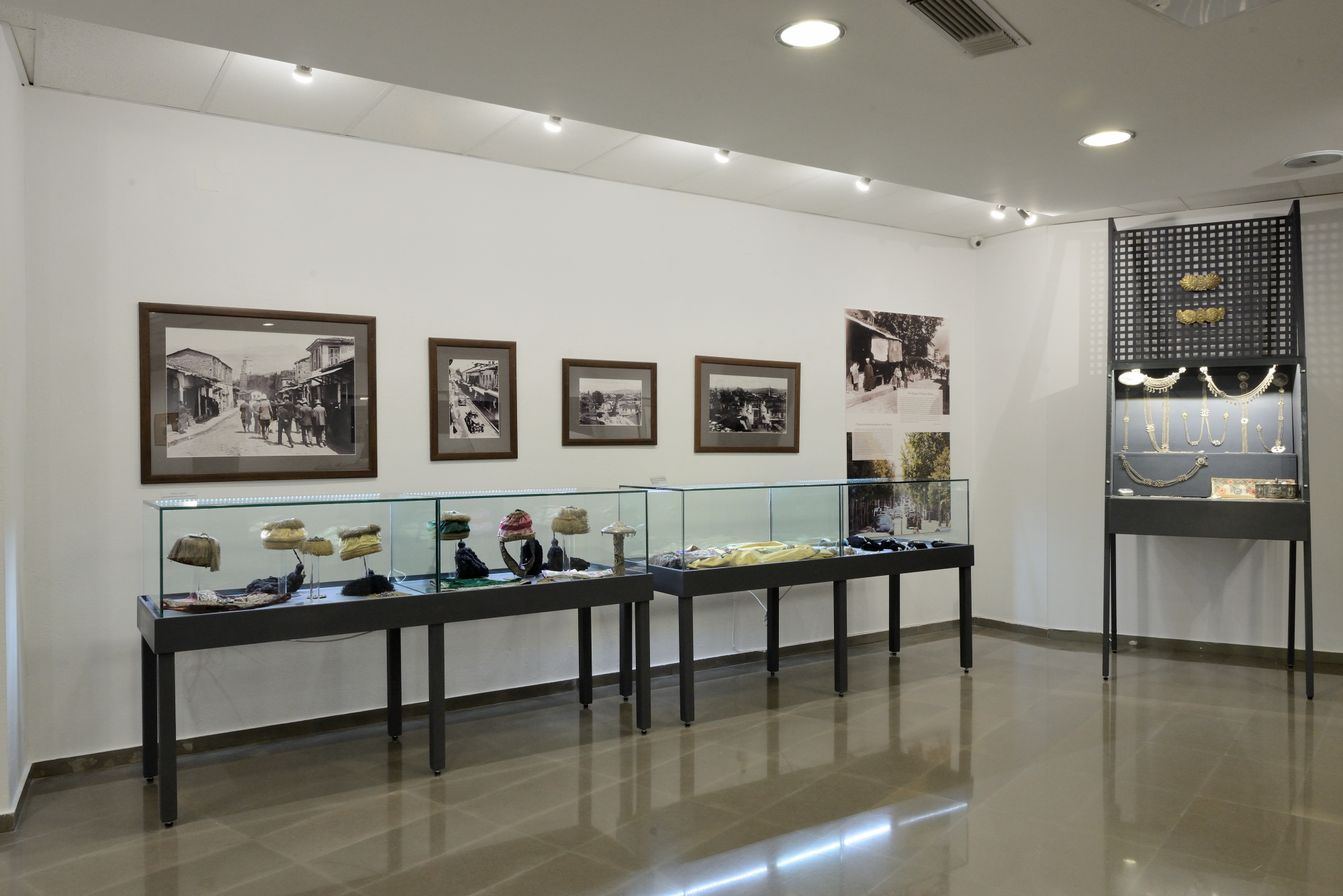
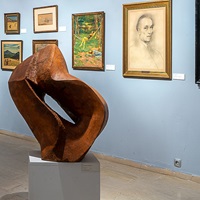


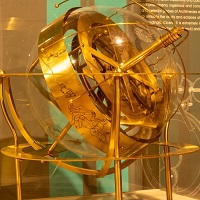


Leave A Comment